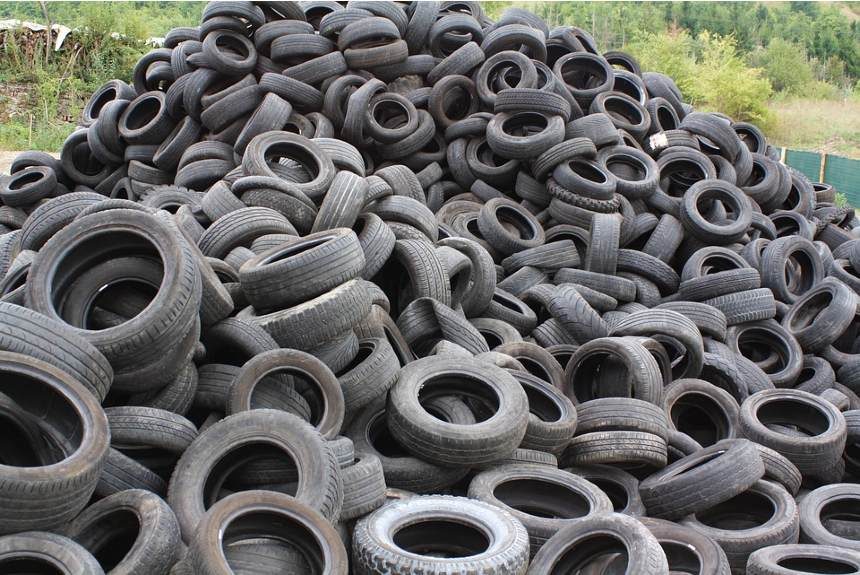Cement and concrete are indispensable in our modern society; every structure we see around us is made of them, including roads, buildings, bridges, houses, etc. However, cement production is highly carbon-intensive, as it uses coal to fire up the kilns, contributing to 7 per cent of the total global emissions.
Reducing emissions in cement production is challenging, but solutions are available, such as improving energy efficiency, applying carbon capture technology (CCS), fuel substitution with waste like used tyres, certain plastics, biomass, etc., or reducing or substituting clinker.
A cement plant in New Zealand has replaced coal with used car tyres to fuel its kiln. The total government subsidy of around $41 million has helped upgrade the plant to use waste in cement production.
The Stuff article reports that this new initiative will prevent 3 million used tyres from going to landfills yearly.
According to the NZ Environment Minister David Parker, the project is “a win-win for the environment”. He added that the plant would reduce waste and carbon emissions by about 13,000 tonnes annually.
Ross Taylor, CEO of Fletcher Building, a company that owns the plant, says, “When you burn tyres at such a high temperature, there’s no smoke, there’s no smells because it consumes everything and they release less CO2, which is where the saving comes from.”
The cement plant also aims to reduce its coal use by 15%, iron sand use by 5000 tonnes, and carbon emissions.
Cembureua, the European Cement Association, is investing in solutions and innovations to drive down emissions from the cement industry. Their initiative involves four main “levers”: thermal efficiency, fuel substitution, clinker substitution, and carbon capture.
Their website presents some breakthrough technologies they have been testing, like new types of clinker that require lower temperatures to produce and partially electrifying cement production, strategies aimed at lowering carbon emissions.
The New Zealand cement plant and other cement and concrete industries worldwide have demonstrated that successful application of climate mitigation strategies and climate actions is possible when all societal actors, from the government to private corporations and manufacturing industries, work towards the same goal.
Sources:
Cement. (2020 June). IEA. Retrieved from https://www.iea.org/reports/cement
Nadkarni, A. (2021, March 30). Stuff. Retrieved from https://www.stuff.co.nz/business/124694868/fletcher-building-to-convert-tyres-into-cement-at-whangrei-plant
Upgraded Northland cement factory to use half of NZ’s discarded car tyres produced every year. (2021,March 21). 1 News. Retrieved from https://www.tvnz.co.nz/one-news/new-zealand/upgraded-northland-cement-factory-use-half-nz-s-discarded-car-tyres-produced-every-year
Clinker. (2018). Cembureau. Retrieved from https://lowcarboneconomy.cembureau.eu/5-years-on/the-5c-approach/clinker/



Leave a Reply